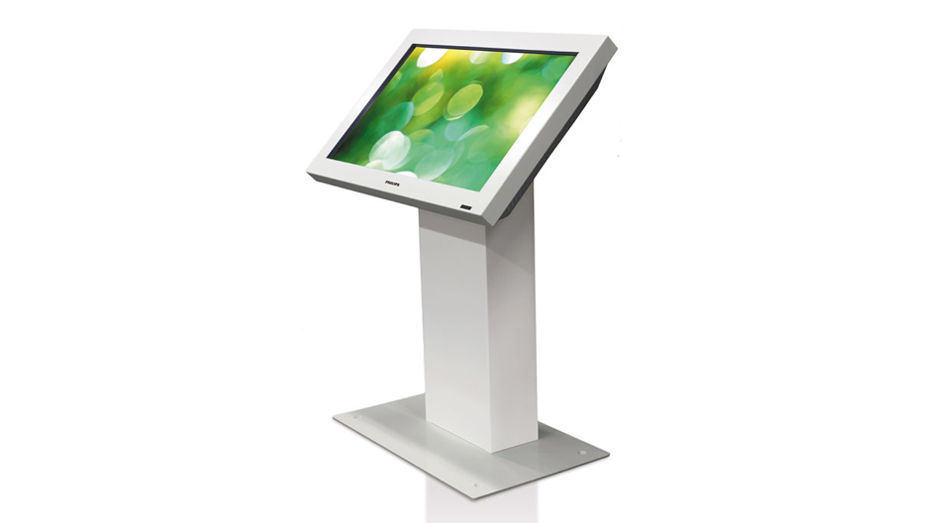
Multitouch was extremely limited because you could not simulate complex or even simple gestures. Up until now touch interaction was limited to only one touch point, which was recognized more as a mouse click than an actual physical touch point.
MULTITOUCH TAFEL ANDROID
Most Android application developers will have used the Android Emulator to develop, test and debug their applications. Multitouch can help with enhancing the user experience by simplifying interactions and giving the user a new perspective on how applications can be modeled in order to take advantage of this feature. Microsoft Surface family, like the Surface Laptop, Book, Pro, or Surface Duo have great support for multitouch recognition, but other devices with multitouch screen support should work too. In order to have the capability of using multi touch the requirement is that the emulator must be running on a device with touch screen capabilities which by default is present on most modern Windows devices including the Microsoft Surface line. The emulator updates go beyond two-finger gestures to recognize the maximum number of touch points supported by your hardware, up to ten separate contacts.

Lots of common UI practices are hard to test on emulators without multi-touch support, including pinch and spread gestures common on map controls, and zooming photos, web pages, and other content.įigure 1: Emulator multitouch recognitionįigure 2: Emulator pinch zoom in gesture recognitionįigure 3: Emulator zoom out pinch gesture recognition.įigure 4: Multitouch rotation gesture recognition Multiple touch points

We’re excited to announce that version 30.9.0 of the Android emulator now supports multiple touch points to let you test gestures and interactions that require more than one finger! Multi-touch support requires the emulator be running on a touch screen device, which includes most modern Windows PCs, including the Microsoft Surface line.


 0 kommentar(er)
0 kommentar(er)
